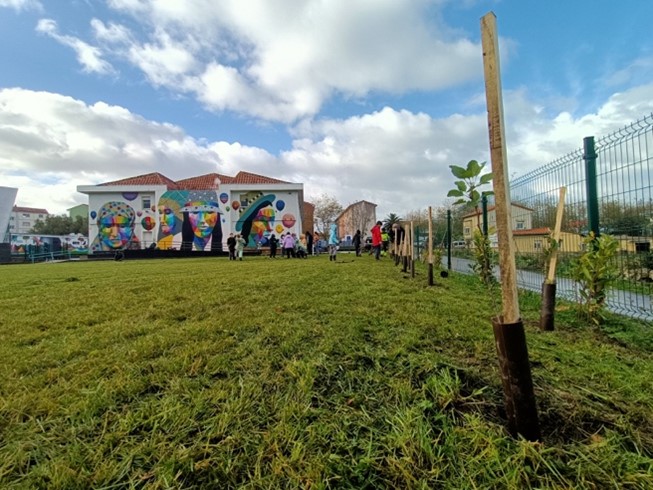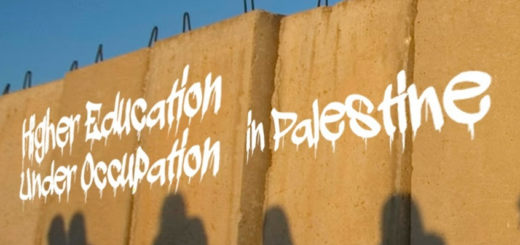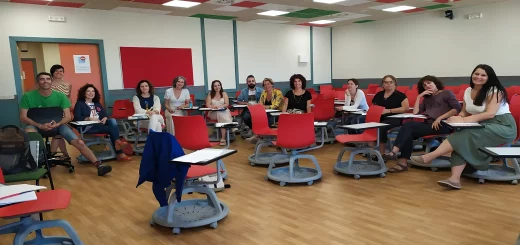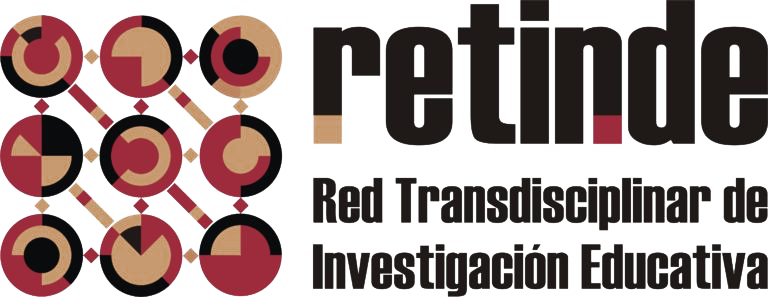Promoting Planetary Citizenship through the naturalisation of school playgrounds
part of democracy itself, seeking participation to create a new social pact that would challenge the pace of market growth and the direction of the global market in which multinationals wrest control that belongs to states and exercise unprecedented control over the totality of the world’s resources (Gutiérrez Pérez and Prado Rojas,
2015).
Two crucial dates, two examples of many others that could be given, which give an account of the different institutional initiatives that underline the need to think about the current economic and development model. These institutional initiatives have been accompanied by many others that have emerged from civil society, such as the Earth Charter Commission created in 1997 which, after several years of work, reached an international consensus on the Earth Charter in 2000, in the preamble of which we read: “We are at a critical moment in the history of the Earth, when humanity must choose its future. As the world becomes increasingly interdependent and fragile, the
future holds both great risk and great promise. To move forward, we must recognise that, amidst the magnificent diversity of cultures and ways of life, we are one human family and one earth community with a common destiny. We must come together to create a sustainable global society founded on respect for nature, universal human rights, economic justice and a culture of peace”.
On 28 July 2022, the United Nations General Assembly declared that a healthy environment is a human right, calling on its 193 Member States to redouble their efforts to ensure that every person on the planet has access to a “clean, healthy and sustainable environment”. This call is critical, especially given the disastrous consequences of the global crisis especially for women, girls, and low-income populations. A triple crisis caused by climate change, biodiversity loss and pollution and waste.
It is clear that educational processes cannot remain on the side-lines of the question of which development model is more humane, more harmonious with nature, could promote social justice and universalise rights. And in the search for answers to these questions (but not in the search for a definitive solution), the approach of Education for Planetary Citizenship can be useful.
Education for Planetary Citizenship is an educational approach that underlines our interdependence and our eco-dependence, critically analysing our ways of knowing and being in the world derived from modernity, coloniality and patriarchy, in which humans perceive themselves as superior to other living beings, conceiving Nature as something external, separate from themselves, as something to be exploited and dominated. It is a perspective that draws attention to our blindness in conceiving ourselves separate from the Earth itself. and not perceiving the web of living beings of which we form and are a part. It helps us to think about how the well-being of the planet is linked to human well-being (Sant, Davies, Pashby and Shultz, 2018; Moraes and De Almeida, 2017).
When educators grapple with these concerns, it is invited to think about the worldview that predominates in its educational materials, in its methodologies, in its educational relationships, in the configuration of school spaces and times and in the relationship of the educational centre with its natural environment. By asking these questions, we can recognizethat regular contact with nature improves skills and competences that are central to any learning process, such as observation, memory, attention, imagination, creativity, manipulation and care.
The city of Santander (located in the north of Spain) has 80 primary schools that are mainly located in urban and peri-urban environments, where the presence of trees in the playgrounds or a simple garden can be very limited, with paved or even asphalt surfaces predominating. In 2023, Santander City Council and SEO/BirdLife promoted a competition for the naturalisation of school playgrounds, within the framework of the Santander Natural Capital project . Sixteen schools participated in the competition in which they planned measures for the promotion of biodiversity, soil permeabilisation and naturalisation of the school curriculum. Three schools were chosen to carry out the naturalisation.

Map for naturalizing a schoolyard

Creating a vegetative screen in the schoolyard
Within this general framework, the Global Education Group of the University of Cantabria collaborates with the Santander Natural Capital project, specifically in the naturalisation of playgrounds to promote biodiversity in schools. These educational actions aim both to introduce nature into classrooms and playgrounds and to take classrooms out into nature.
The roadmap, prior to the implementation of the naturalisation projects during the summer of 2024, involves accompanying schools in: (1) the drafting of the executive project to naturalise the school playground, coordinated by Santander City Council, (2) the ecosocial assessment of the playground prior to its naturalisation, with the help of
SEO/BirdLife technicians: social and relational diagnosis of the use of the playground, diagnosis of the biodiversity present in the playground and diagnosis of the use of the playground in the educational experience and (3) the provision of tools for the incorporation of the playground in the school curriculum, through different teacher
training processes.
[1] The action of naturalisation of school playgrounds is developed by Santander City Council and SEO/BirdLife in the framework of Santander Natural Capital. The project is supported by the Biodiversity Foundation of the Ministry for Ecological Transition and the Demographic Challenge (MITECO) in the framework of the Recovery, Transformation and Resilience Plan (PRTR), funded by the European Union – NextGenerationEU
References
Carta de la Tierra. Disponible en: https://cartadelatierra.org/lea-la-carta-de-la-tierra/
Global Education. Investigación de nuevos escenarios para la ciudadanía global: https://globaleducation.unican.es/
Gutiérrez Pérez, F. y Prado Rojas, C. (2015). Ecopedagogía y ciudadanía planetaria. De la Salle ediciones.
Moraes, S. y De Almeida, L. (2017). Planetary citizenship and the ecology of knowledges in Brazilian universities. International Journal of Development Education and Global Learning, 8(3), 25-42.
Naciones Unidas (1992). Declaración de Río sobre el Medio Ambiente y Desarrollo. Disponible en: https://www.un.org/spanish/esa/sustdev/documents/declaracionrio.htm
Sant, E.; Davies, I.; Pashby, K. y Shultz, L. (2018). Planetary and Global Citizenship, en Global Citizenship Education. A critical introduction to key concepts and debates (pp. 71-77). Bloomsbury.
Santander Capital Natural: https://santandernatural.es/
SEO/BirdLife: https://www.seo.org
ONU. Programa para el Medio Ambiente: https://www.unep.org/es

Authors:
Blanca Serrano García (SEO/BirdLife Cantabria)






